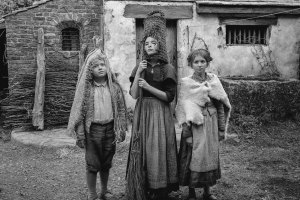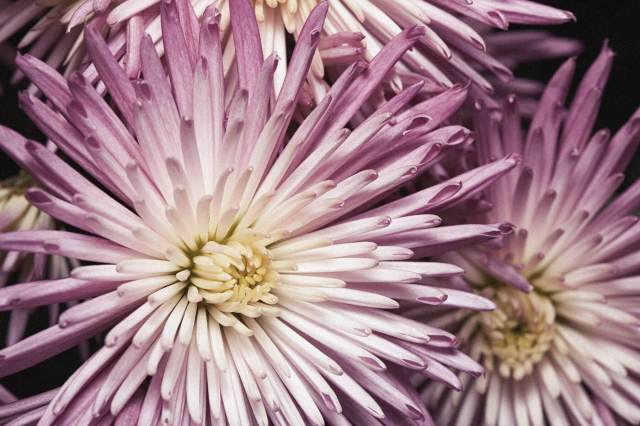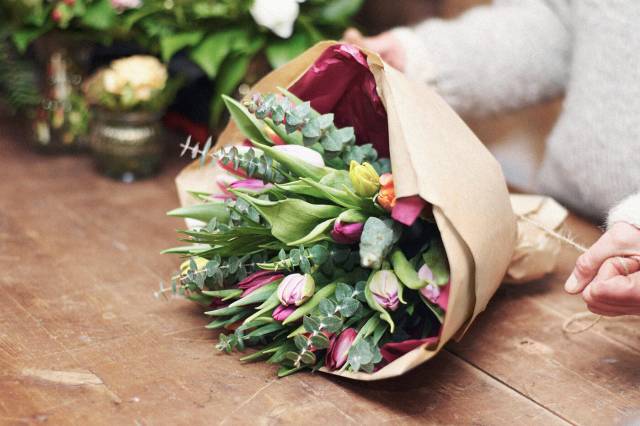Why Do We Give Flowers as Gifts? A Brief History
Flowers have been collected and shared since ancient times, appreciated for their beauty, scent, and practical uses. The long tradition of giving flowers for special occasions has evolved over the centuries, but it’s still an enduring ritual that spans all cultures. From congratulations on the birth of a baby to condolences on the loss of a loved one, sending flowers continues to be one of the most popular ways to mark the momentous events of life. It’s so popular, in fact, that the worldwide cut flowers market was over $36 billion in 2022, and is projected to go over $45 billion by 2027. Valentine’s Day continues to be the biggest flower-giving day of the year, but it is far from the only special occasion marked by this ancient ritual. Here is a look at the fascinating role flowers have played throughout human history, from the evolution of flowering plants to the booming floral industry.

The First Flowers
Around 80% of green plants are flowering plants, and the oldest flowers in the world date back to the Cretaceous Period more than 130 million years ago. Those first flowers didn’t resemble ones we know and love today: They were barely visible to the human eye and almost unrecognizable as flowers even under a microscope. The interaction between flowering plants and insects aided in the coevolution of both, with flowers developing strong fragrances, appealing colors, and larger petals to attract pollinators. It was these same traits that also appealed to the earliest human societies, which began to cultivate and use flowering plants in religious and cultural ceremonies.

The Flowers of Antiquity
Some of today’s most popular flowers for bouquets and floral arrangements were first cultivated thousands of years ago. The cultural significance of flowers has been reflected in the art and literature of ancient China, Egypt, Greece, and Rome. Roses, one of the most popular flowers for gifting, were first grown in gardens 5,000 years ago in China. The ancient Egyptians used flowers in religious ceremonies as offerings to the gods and the dead, decorated their war carts with flowers before going to battle, and painted and carved floral and leaf motifs into their art. The Greeks and Romans used flowers in similar ways, associating specific varieties with their gods and goddesses and using flowering plants in festivals, rituals, and for their own enjoyment.
In more recent history, cherry blossoms (sakura) have been revered in Japan since the Heian period (794–1185) and, because they bloom for only a short time in the spring, are associated with the transient nature of life. Marigolds, which have been a part of Mexican culture since the pre-Columbian era, were imported to India over 350 years ago and have become an integral part of wedding celebrations and Hindu festivals such as Diwali.

















